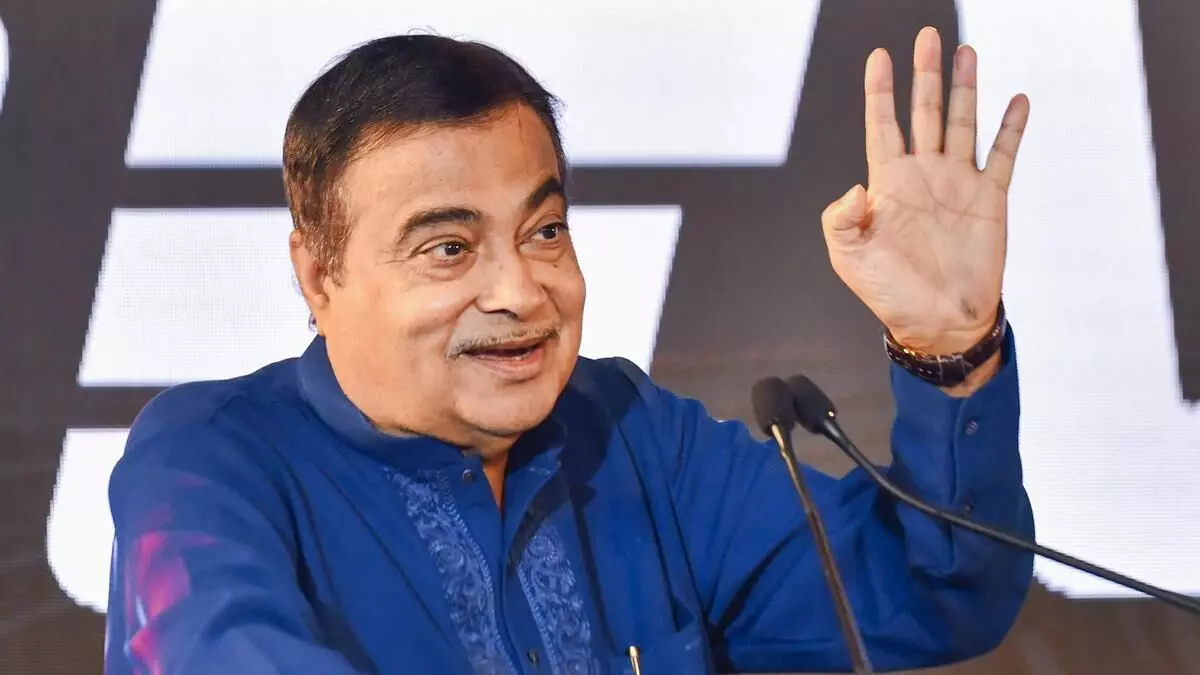Relief for road accident victims: Union Government announces cashless treatment scheme, know who will get the benefit

The Union Government is going to give a big relief to the victims of road accidents. Those injured in road accidents will be able to get cashless treatment. Union Minister Nitin Gadkari announced the cashless treatment scheme. Under this, the government will bear the cost of seven days' treatment of accident victims up to Rs 1.5 lakh.
The Union Minister said that if the police are informed within 24 hours of the accident, the government will bear the cost of treatment. He also announced compensation of up to Rs 2 lakh to the victim families in hit-and-run cases.
On Tuesday, Union Road Transport and Highways Minister Nitin Gadkari held a meeting with the transport ministers of all the states and union territories at Bharat Mandapam. In this, transport-related policies and cooperation between the Center and the State were discussed. After the meeting, Gadkari announced the Cashless Treatment Scheme.
The National Health Authority (NHA) will be the implementing agency for the program in coordination with the police, hospitals and state health agencies etc. The program will be implemented through an IT platform by combining the functionality of the e-Detailed Accident Report (EDAR) application of the Ministry of Road Transport and Highways and the Transaction Management System of NHA.
Addressing the media, Nitin Gadkari said that as per the broad outline of the pilot program, the victim is entitled to 'cashless' treatment up to a maximum of Rs 1.5 lakh per person within a maximum of seven days from the date of the accident. The government will come up with a revised scheme by March this year.
Let us tell you that the Ministry of Road Transport and Highways launched a pilot program on March 14, 2024, to provide 'cashless' treatment to road accident victims. The pilot program launched in Chandigarh was aimed at creating an environment for providing timely medical facilities to the victims of road accidents. The pilot project was later extended to six states.
